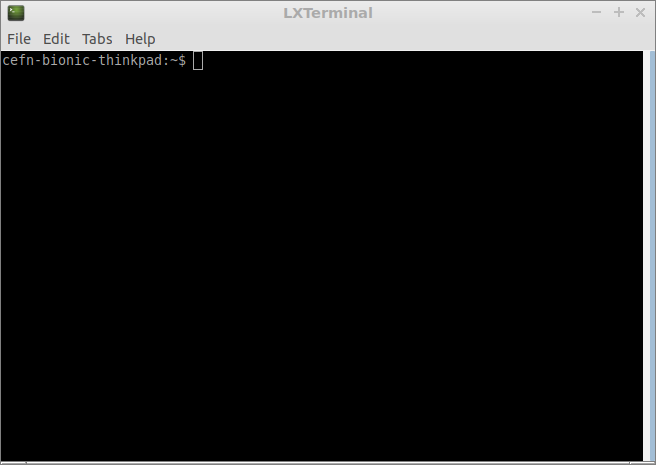

- #Install pip3 on linux how to#
- #Install pip3 on linux manuals#
- #Install pip3 on linux install#
- #Install pip3 on linux update#
However, for maximum control, you can run the installation via: python -m pip install package_name You can still use: pip3.9 install package_name You clearly understand for which version of Python you are installing or updating the module.īut what if your system has more than one version of Python 3? For example, you are running Python 3.7, but have installed an additional fresh Python 3.9 to see new features or play around with it. In this case, both PIP and PIP3 refer to the same path, but the paths may also be different. Pip 20.2.4 from c:\program files\python38\lib\site-packages\pip (python 3.8) You can also check on which package installer will run by using pip –version (again, let’s use each PIP and PIP3): C:\>pip -version Location: c:\program files\python38\lib\site-packages Summary: The PyPA recommended tool for installing Python packages. You can check which file is referenced by the command pip show pip.īelow is an example of the output of this command on Windows 10 for pip and pip3: C:\>pip show pip Therefore, you can write like this to install the numpy module for Python 2: pip2 install numpy
#Install pip3 on linux update#
However, if you have Python 2 and Python 3 simultaneously, and you want to install or update some Python 2 module, you will absolutely need to specify the version. So, you can install the necessary modules for the desired version of Python.īasically, if you type pip install package_name, you will get exactly the output you intended. The Python installation directory has duplicate executables whose names contain the Python version.įor example, for the installed Python 3.9, these will be pip, pip3, and pip3.9. If you have multiple Python installations and all of them are in your PATH, you cannot be sure which directory will be searched first. When you type pip in the console, the system looks for an executable file with that name in the current folder and then in the folders specified in the system PATH variable. So how do you correctly install packages on your system and what is the difference between PIP and PIP3? However, you may also see other options, such as pip3 install instead of pip install.
#Install pip3 on linux manuals#
Typically, in manuals and instructions, package installation is written as: pip install package_name Moreover, you can create your package, publish it on PyPI, and make it available for installation by all Python users. Still, you can set up your repositories and install packages from them using the standard PIP tool. You can find the packages to download and install in the PyPI (Python Package Index) repository.

#Install pip3 on linux how to#
When you run PIP3, you can be sure that the module will be installed in Python 3.īut to understand truly the difference between PIP and PIP3 you need to understand the big picture and see PIP and PIP3 in action-let’s dive right in: When and How to Use PIP and PIP3? Your system will use one of your Python versions depending on what exactly is first in the system PATH variable. The difference between PIP and PIP3 in short and sweet: PIP is a soft link for a particular installer. Since version 2.7.9 for Python 2 and version 3.4 for Python 3, the standard distribution has included the PIP package manager.īy the way, PIP is a recursive acronym that stands for PIP installs packages. However, this may not happen quickly, as the standard Python library is very extensive and contains modules for such as: Sooner or later, anyone who starts learning Python faces the need to install additional modules. What Is the Difference Between PIP and PIP3?


 0 kommentar(er)
0 kommentar(er)
